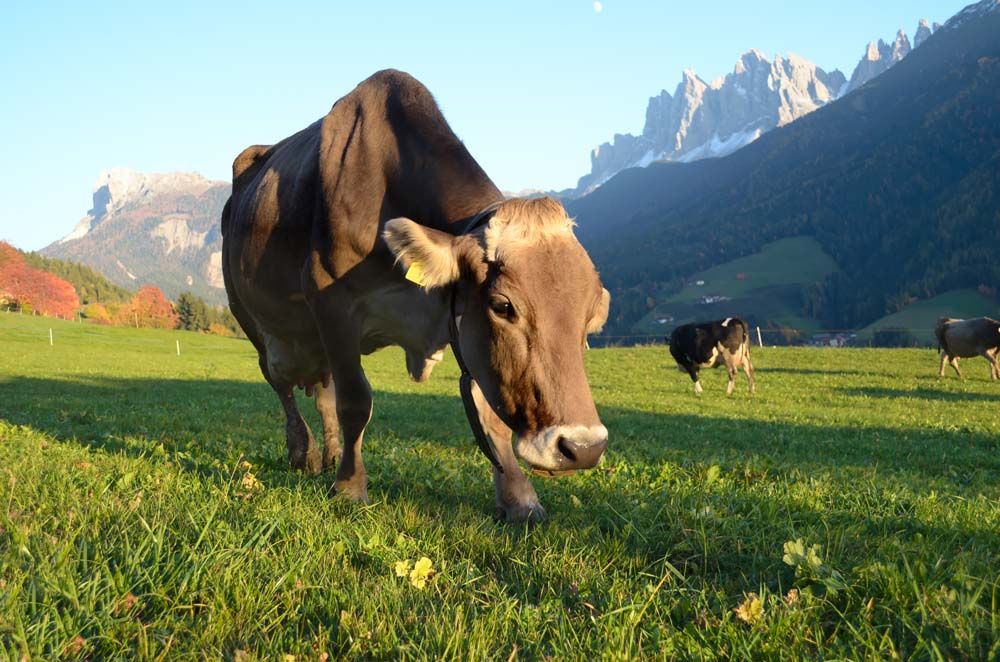Beyond Honey:
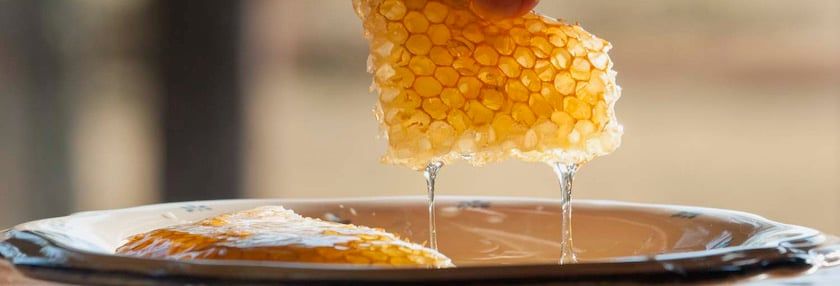

There's more than honey that comes from the hive
Why keep honey bees? For many people, the answer is simple: honey. Those tens of thousands of worker bees are busily producing ample supplies of that glorious golden sweetener, and as a reward for providing the colony with lodging and care, you get a share of the honey harvest.
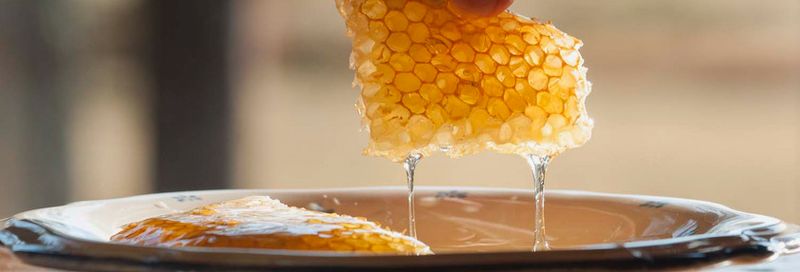
But the bees are even busier than most people give them credit for. Let’s look beyond honey at some of the other fascinating things that bees produce in the hive.
Brilliant beeswax
Sure, honey is the star of the hive show, but beeswax ranks up there at #2. And it should! Beeswax is truly amazing. When you extract honey, you end up with a pile of wax cappings from the frames. Once you melt down and filter the cappings (a process called rendering), you’re left with beeswax.
Before rendering, take a moment to appreciate the hexagonal shape of the cells that the bees create with wax.
In the hive, worker bees form these cells to serve as storage for honey and pollen storage, and also as cribs for immature bees. Pretty awesome!
But what can you do with beeswax? Candles are one of the easiest places to start; they’re simple to make, plus they're useful and beautiful, too. (Hint: homemade beeswax candles make excellent gifts, too! Perfect for those hard-to-buy-for people on your list.) Lip balm is another popular option, or you can try making beeswax skin creams or moisturizers.
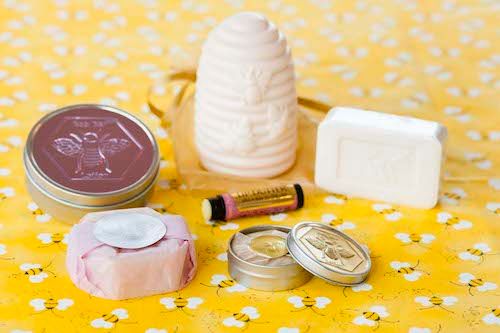
If you’re more interested in products that are useful around the house, try making beeswax soaps or furniture polish as a fun and utilitarian project! And finally, if you’re not afraid of a little work, DIY beeswax crayons are well within your grasp, and make a super-fun and thoughtful gift for the young artist on your gift list.
Making these crayons is a bit like following a recipe—there will be some measuring and heating, but the end result is well worth the effort!
Powerful pollen
If you spend some time watching honey bees working a patch of blossoms, you notice that they collect two products from flowers. Besides nectar (which they transform into honey using special enzymes), worker bees collect pollen, using the pollen “baskets” located on their legs.
Bees use the pollen to feed the hive’s brood, but some humans use the pollen as a garnish or a dietary supplement.
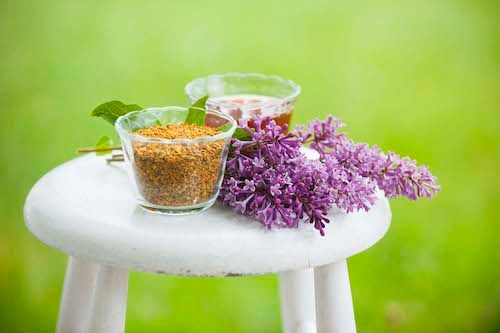
Bee pollen is packed with vitamins, minerals, protein, amino acids, and other good things and some people like to add it to cereal, salads, or beverages for an added nutrient boost.
(Note: some people have an allergy to bee pollen so use with caution and follow the appropriate steps when first trying it. Additionally, people in certain medical situations should not take bee pollen.)
But let’s say you want to harvest bee pollen—what’s the best way to do it? You’ll need to install a pollen trap on your hive, which the bees will go through on their way into the hive. As they do so, a portion of the pollen will fall from their legs into the pollen trap. The rest of the pollen goes into the hive on the bees’ legs as usual. Just be sure to collect and store the pollen using the appropriate steps to maintain freshness and quality, as it is a very perishable product.
How about honey?
Finally, we really can’t ignore the obvious here: honey has its own wide range of related products too. You can certainly do as other beekeepers do (“when in Rome…”) and sell bottled honey, but let’s explore some other options.

You can easily harvest cut comb honey, which is simply honey that is left unextracted and still in the original comb, or you can produce the related chunk honey (which has smaller pieces of comb intact). As with beeswax, honey is a valuable addition to many homemade beauty products, including creams and lotions, or you can add honey to candles, or you can produce honey sticks or honey straws. The sky’s the limit!
Doing more than we think
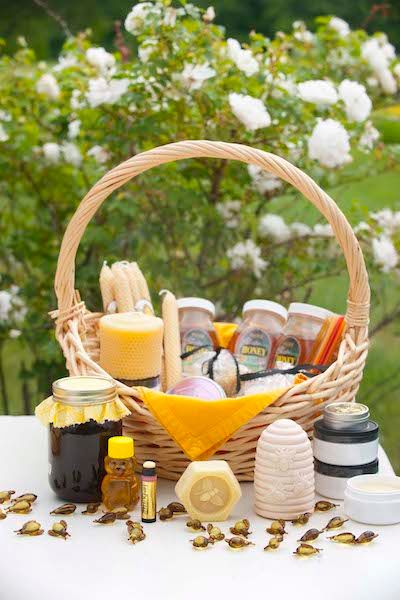
Of course, honey, beeswax, and pollen are just the beginning…your honey bees are also busily producing immune-boosting propolis and the superfood royal jelly while raising thousands of young bees and caring for the queen bee.
What marvelous and hardworking creatures!
Product photos courtesy of Daniel Johnson, Paulette Johnson
Tags:Country Critters

Acreage Life is part of the Catalyst Communications Network publication family.












